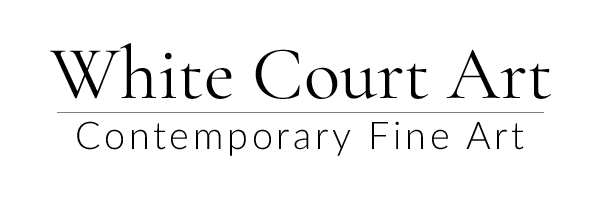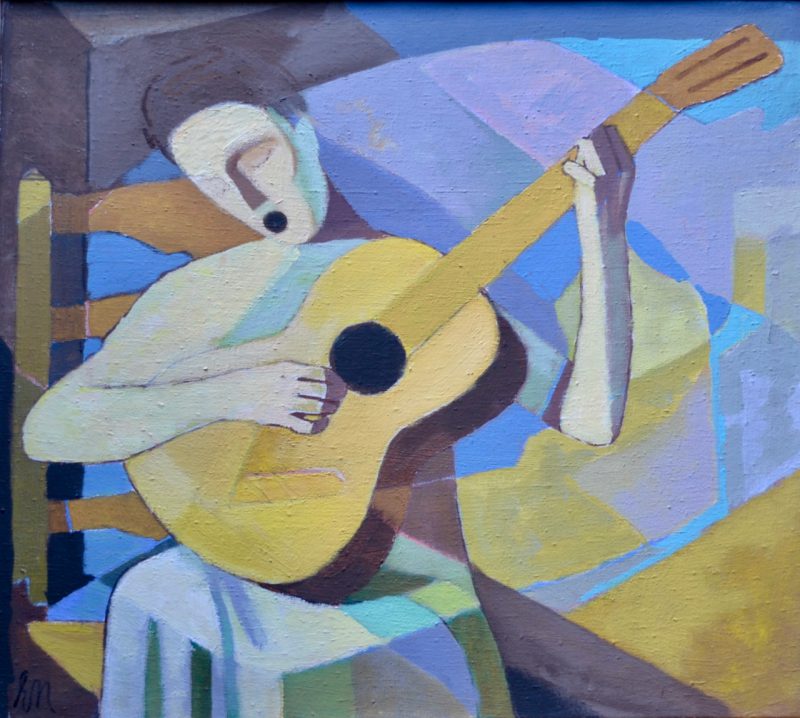Part of the joy of art is discovery; no matter how long one is an art lover, collector or dealer there’s always an unexpected revelation around the next bend, something new to explore and research.
White Court Art take special care to promote new & emerging artists, but also seek to offer our clients different artistic dimensions from past, and sometimes almost forgotten movements. We are delighted to tell you the story of Ernst Neuschul (1895 – 1968).
We’d like you to take a journey back in time to the decadent & hedonistic world of Germany’s Weimar Republic; established between the end of World War I and the Nazi rise to power in the early 1930’s.Germany, and Berlin in particular, was fertile ground for intellectuals, artists, and innovators from many fields during these years, witness Bauhaus, Otto Dix, George Grosz, Georg Wilhelm Pabst & Bertolt Brechtto name a few. The social environment was chaotic, and politics were passionate. Weimar Art was strongly influenced by post-war modernism and the political and social upheaval of 1920s Germany. As the country experienced unprecedented and often tumultuous social, economic, and political upheaval, many artists rejected Expressionism in favour of a new realism to capture this emerging society. Dubbed Neue Sachlichkeit—New Objectivity. The era between the two global conflicts was a thriving laboratory of art and culture—its adherents turned a cold eye on the new Germany: its desperate prostitutes, crippled war veterans, and alienated urban landscapes, but also its emancipated New Woman, modern architecture, and mass-produced commodities. New Objectivity was not a strict movement in the sense of having a clear manifesto or set of rules. Artists gravitating towards this aesthetic defined themselves by rejecting the themes of expressionism—romanticism, fantasy, subjectivity, raw emotion and impulse—and focused instead on precision, deliberateness, and depicting the factual and the real. In the words of Marcus Bullock, Emeritus Professor of English at University of Wisconsin–Milwaukee, New Objectivity was “remarkable for the way it emerged from a catastrophe,[and] more remarkable for the way it vanished into a still greater catastrophe, the world of Weimar represents modernism in its most vivid manifestation.” It represented a panorama of the modernist movement that most violently challenged the capitalist status quo and bequeathing to us mastery of design, film, and art.
Remaining almost hidden within this seething cauldron of creativity and a contemporary of Picasso, Braque & Matisse was Czech painter Ernst Neuschul who adapted their aesthetic to his own investigation of the psyche. Neuschul’s socially critical art embodied his innate compassion for his fellow human beings, irrespective of whether they were urbanised industrial workers or drawn from the twilight world of caberet and city nightlife. His palette is always alive with colour, learned from the Impressionists, allowing the love of light to play upon even the darkest of subjects. He played an important part in the German art world between the wars, and also painted industrial scenes in the Soviet Union. Portraits of Stalin & other Soviet notables were commissioned. However as a foretaste of what was to come after his works were disfigured with swastikas in pre-war Germany, he evaded capture by the Nazis and the ultimate horror of the camps . He fled via Czechoslovakia on the last train to London & then settled in Wales. Post war he commentated that “the loss of fame and the expectations of others has allowed me to follow my own path, to experiment”. Now, after important retrospectives Neuschul has retaken his place with the foremost of between the wars artists and has regained the recognition he deserves. Neuschul’s paintings are subtle, beautiful and life affirming.

